Hidden Trails — Interior Architect Hugo Toro's Insider Guide to Exploring Paris
The burgeoning Franco-Mexican talent shares his curated itinerary to the City of Light
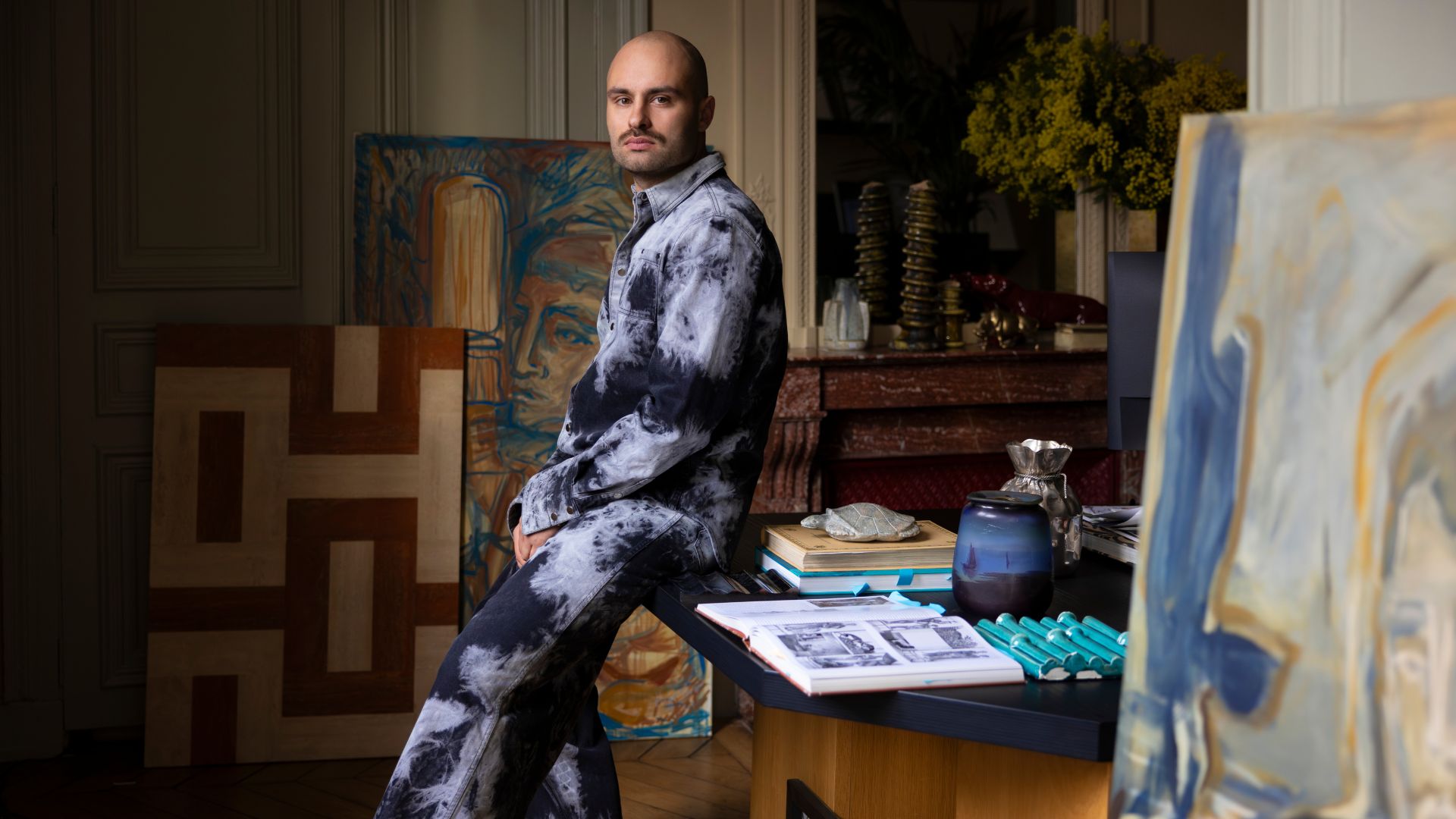
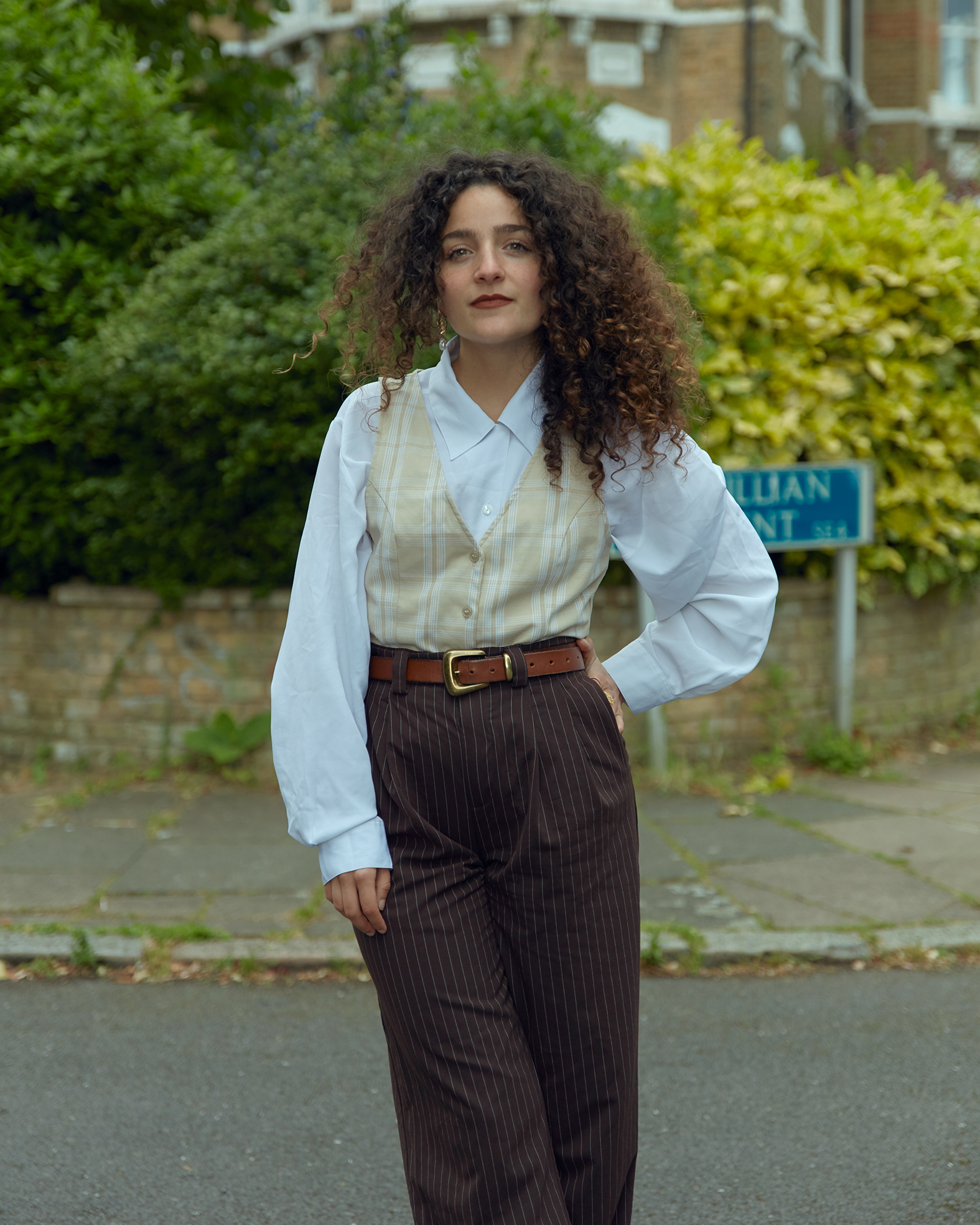
What better way to see the world than through the eyes of our favorite tastemakers? In Hidden Trails, we look at the places that feel most like home to our community of design insiders — wherever those might be — to help you uncover what their cities have in store for you.
The secret to the rapid rise to success of architect and designer Hugo Toro resides in his ability to readapt his vibrant, sinuous craft to the needs of radically opposed spaces — from superbly conceived, sun-filled restaurants to storytelling-led, suggestive residential projects — while continually preserving his signature aesthetic. Rooted in his French-Mexican background, Toro's hypnotic use of color, texture, and materials borrows from the beauty and dynamism of both countries' cultural fabric to transport viewers to emotionally charged dimensions.
Having completed his studies across Los Angeles, Vienna, and Paris, where he is now based, today the interior architect cherishes his intercontinental inspirations to birth creations which exalt the richness that lies in diversity. As influenced by the Atlantic as he is by South America, Toro translates his love of Art Deco interior design, Art Nouveau pioneer Otto Wagner's scrupulous eye, and visionary Mexican architect Luis Barragán's color-drenched masterpieces into furniture and places that celebrate the vividness of our surroundings.
Below, he guides us along his places of affection to an unconventional exploration of Paris.
1. Reconnect with the Natural World at Musée de la Chasse
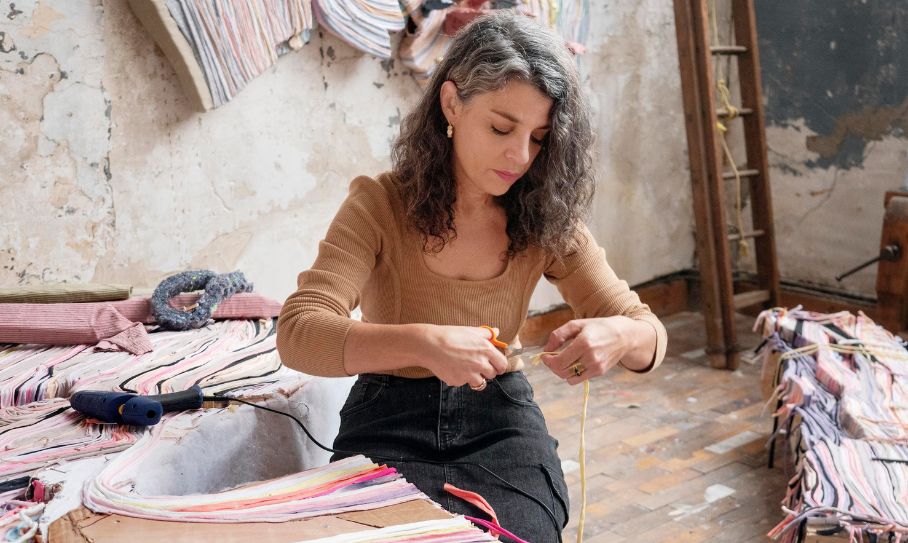
Artist Tamara Kostianovsky, protagonist of the ongoing Musée de la Chasse solo exhibition Le Chair du Monde (through 3 November), photographed in residence at Atelier 11 Cité Falguière. Paris, February 2024
One of the perks of asking designers about their favorite art institutions is getting to discover far more galleries and museums than those widely known by everyone. Located in the Marais district of Paris, "Le Musée de la Chasse et de la Nature is a unique venue housed in a superb 17th-century town house, the Hôtel de Guénégaud," Toro tells me. "Designed by Baroque architecture pioneer François Mansart, it exudes an elegant, historic atmosphere." Boasting a wide collection of "paintings, sculptures, engravings, and other art forms that illustrate hunting through the ages and across cultures", adds the designer, "the works on display in the museum are remarkable for their quality and diversity". Deeper themes are explored too, explains Toro, especially in "contemporary creations that delve into the relationship between man and nature".
2. Immerse yourself in the best of contemporary design at Kolkhoze
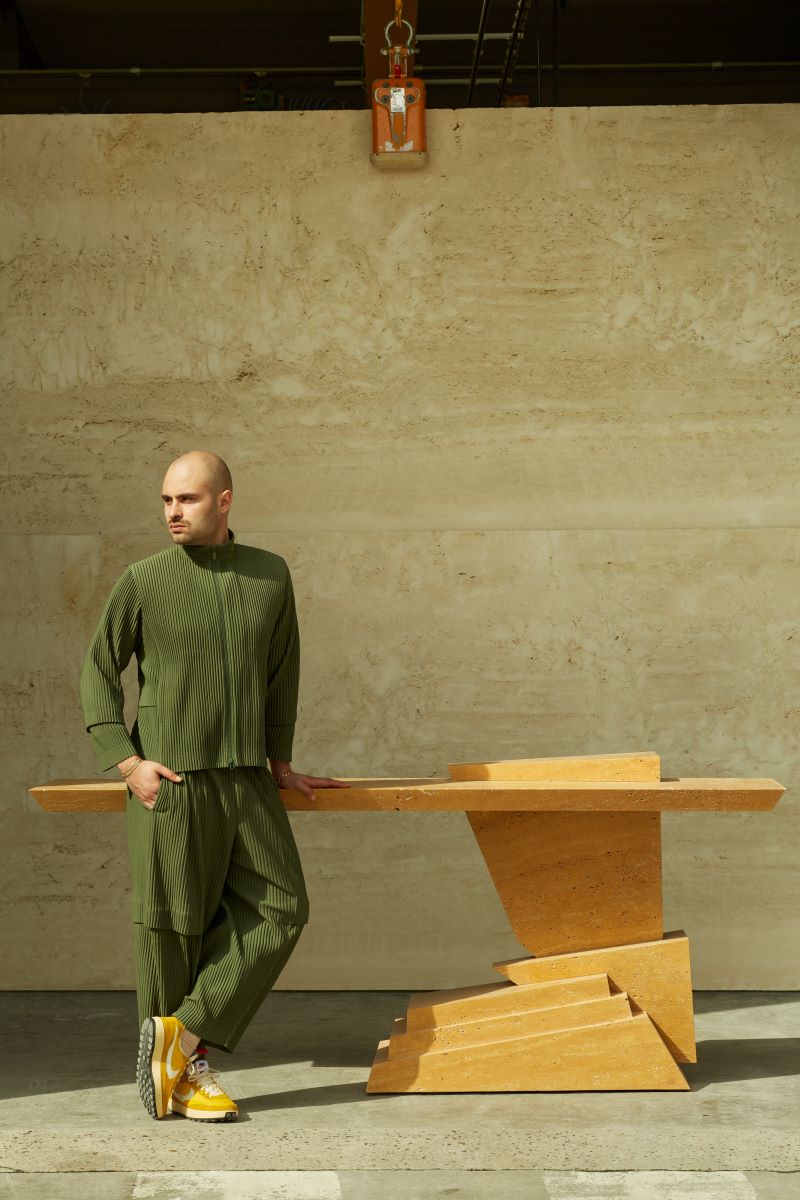
Architect and designer Hugo Toro with one of the creations part of his debut furniture collection, Amanecer
Be The First To Know
The Livingetc newsletters are your inside source for what’s shaping interiors now - and what’s next. Discover trend forecasts, smart style ideas, and curated shopping inspiration that brings design to life. Subscribe today and stay ahead of the curve.
The brainchild of co-founders Thibaut Van den bergh and Thomas Erber, two prominent personalities within the media industry, who launched it in 2016, Kolkhoze is a gallery specializing in 21st-century collectible design. Hidden away in a private mansion behind a large porte cochère in the Marais district, "Kolkhoze stands out for its commitment to promoting contemporary design and innovative craftsmanship," Toro says.
"It showcases unique, limited-edition creations that combine traditional know-how with artistic experimentation, working with talented designers and craftsmen." Having already launched his first collection with the gallery, Amanecer, Toro is currently collaborating with them on the publication of a new one, which is yet "another reason why I am so attached to this space", he says.
3. Get inspired by the fashion at LGN Louis Gabriel Nouchi
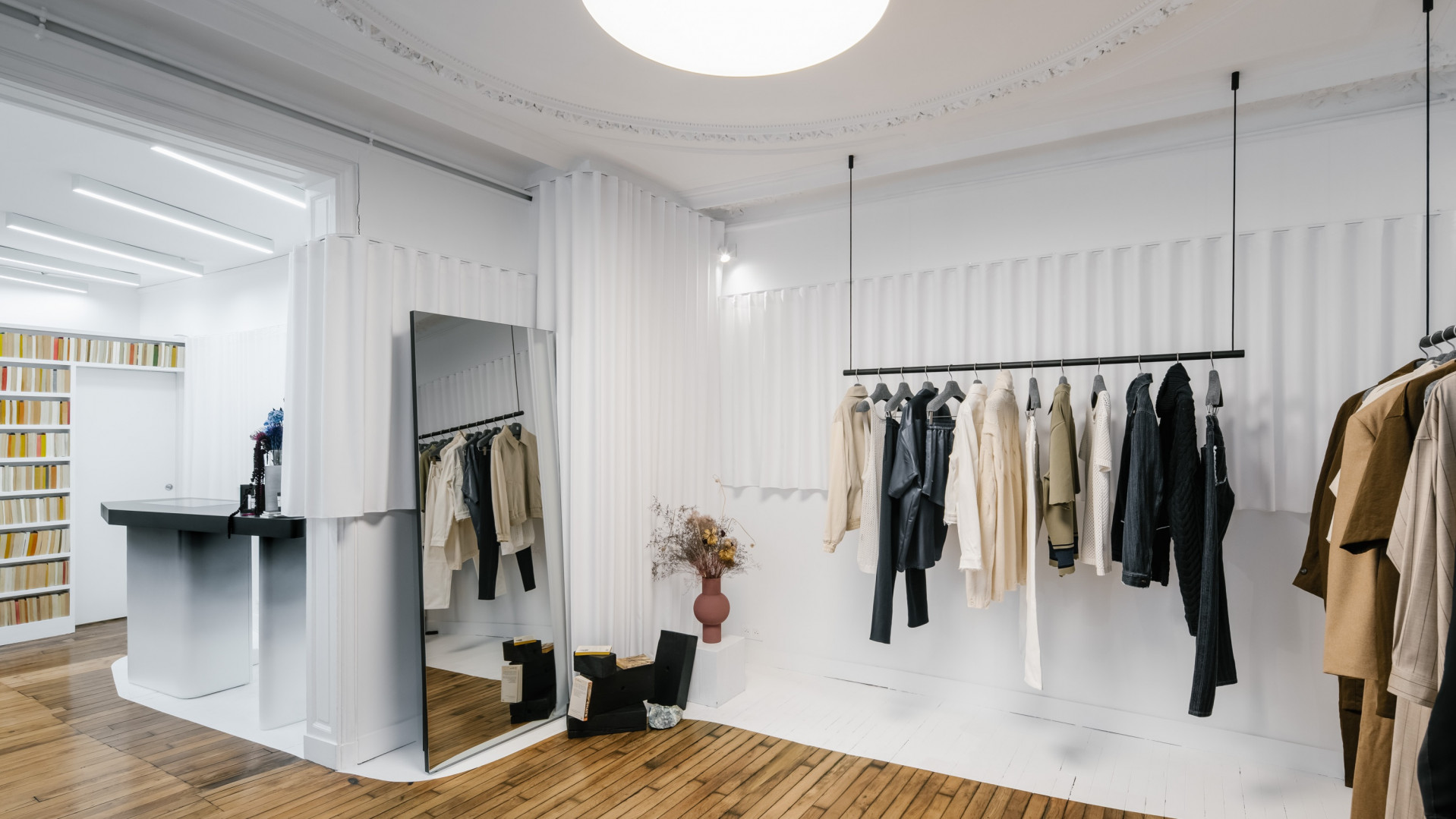
Nestled in the buzzy Oberkampf district, home to a plethora of chic cafes and restaurants, music venues and nightclubs, LGN Louis Gabriel Nouchi is a boutique that stands out as much for the stunningly curated interiors of its location as it does for the carefully crafted garments on show within it. Straddling modern rustic and industrial decor, the bespoke atelier features bright porthole windows — one of our latest architectural obsessions — paired with stuccoed textured walls, neon lights, and earthy wooden floors contrasting the space's overall sheeny feel.
"Gabriel Nouchi is a fashion designer known for his avant-garde and conceptual collections," Toro says. "He blends a variety of influences, often combining classic elements with contemporary touches." Describing his pieces are characterized by bold cuts and attention to detail, the interior architect explains that each one of Nouchi's collections "strives to tell a story, playing with opposites and exploring complex themes" — something that makes him resonate with the brand and the inspirations at the heart of its vision.
4. Dine French-Bistro Style at Racines
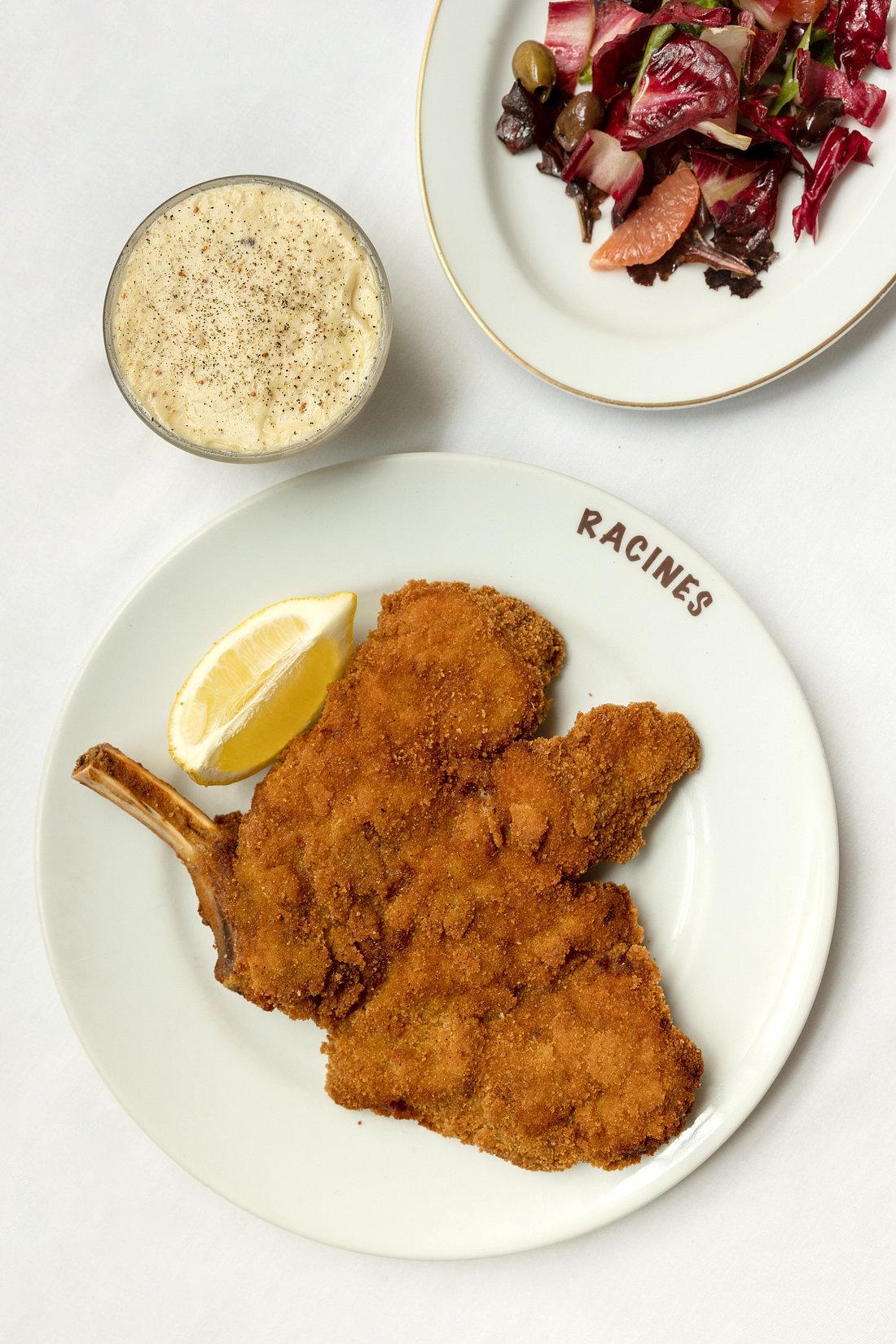
8 Passage des Panoramas, 75002
Run by Sardinian-born chef Simone Tondo, Racines is reinventing traditional Italian cuisine for French diners' refined palate. Classically decorated and brought to life at night by warm, cozy lighting, this part-bistro, part-wine cellar combines Tondo's osteria-inspired, genuine culinary offerings with timelessly elegant decor and just-as-impressive food presentation to make it one of the most beautiful restaurants in Paris to experience.
To Toro, "Racines embodies the soul of French gastronomy, thanks to its palpable passion for local, seasonal produce," he says. Every visit promises an unforgettable culinary experience: though clearly informed by Tondo's Italian upbringing, "the dishes celebrate the authentic flavors of contemporary French cuisine, offering a true ode to the taste buds", adds the designer. "Racines is the ideal address for epicureans in search of gustatory discoveries and culinary emotions in Paris."
5. Feel Romantic at Parc des Buttes-Chaumont
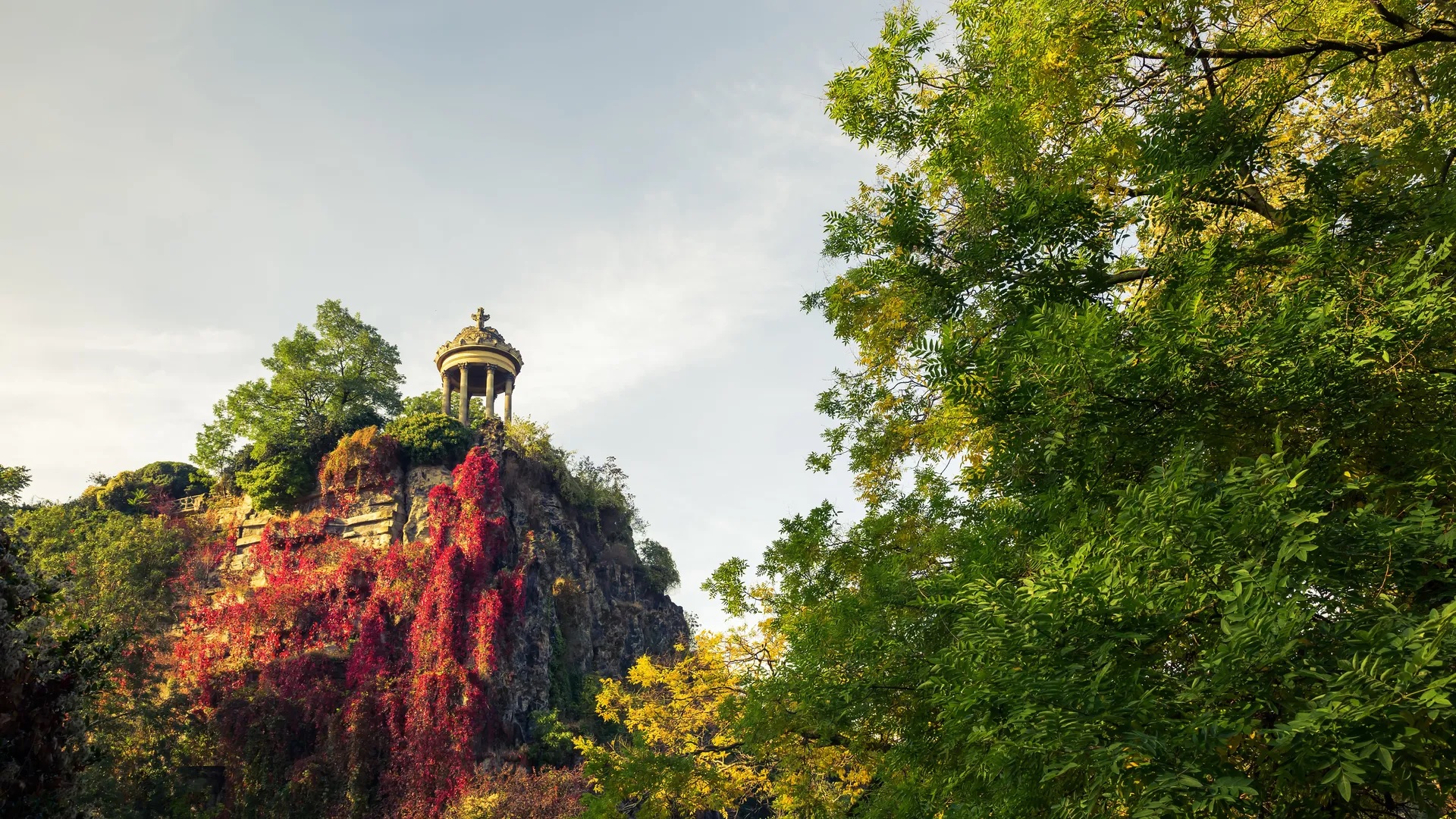
There is something almost fantastical about this Parisian green space, which could easily be the setting for a fairytale of some sorts, and the best thing about it is that before Toro brought it to my attention, I had never even heard of it. Rising in the 19th arrondissement, "Parc des Buttes-Chaumont is one of the capital's largest parks," he says. "Created by 19th-century French engineer Jean-Charles Adolphe Alphand, it features grottoes, waterfalls, and suspension bridges." Perhaps its main highlight, "the Temple de la Sybille, perched at the top of a hill, offers a breathtaking view of Paris," adds the designer. The perfect place to admire the changing, romantic skies of the French capital while enjoying a drink at Le Pavillon Puebla, for Toro, "it is the most beautiful park in the whole city".
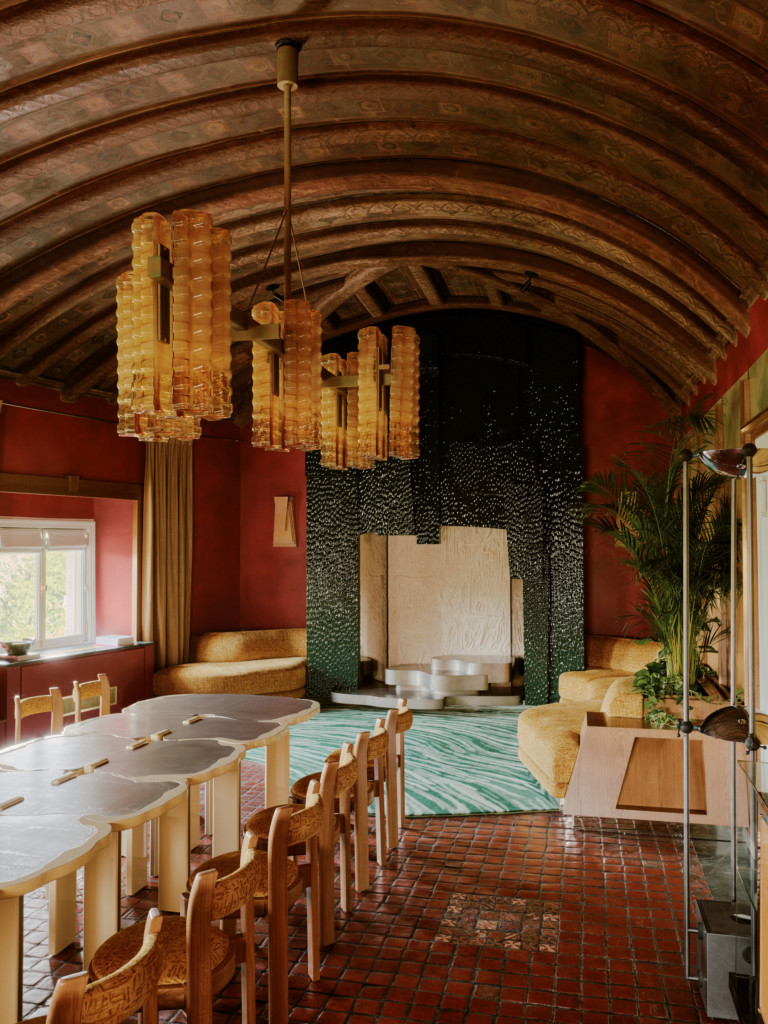
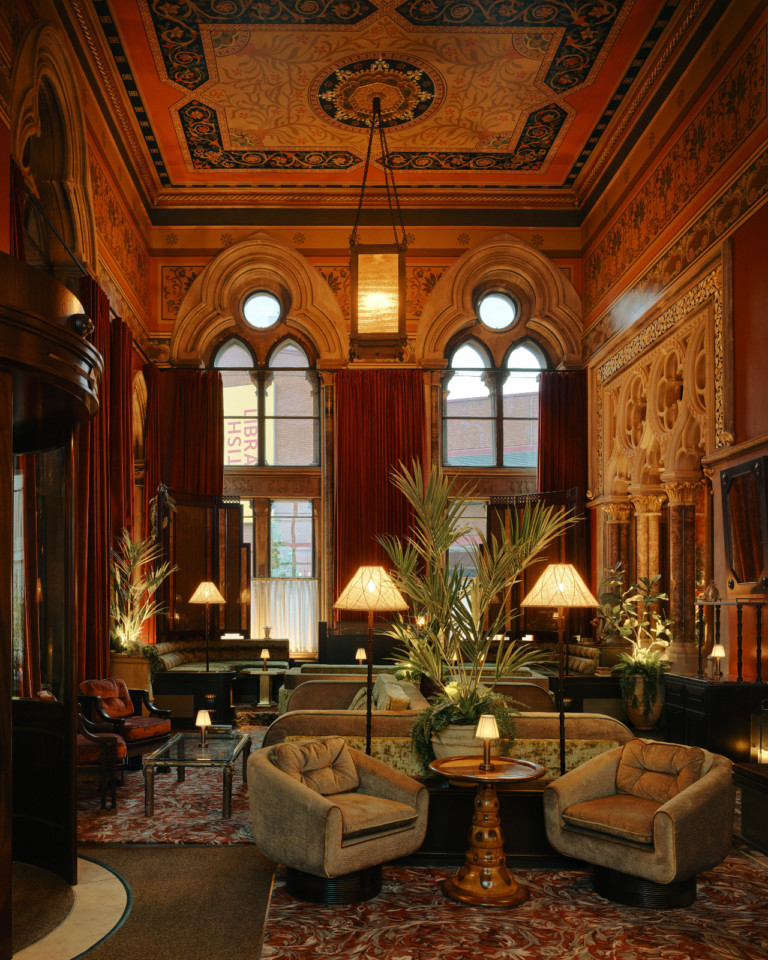
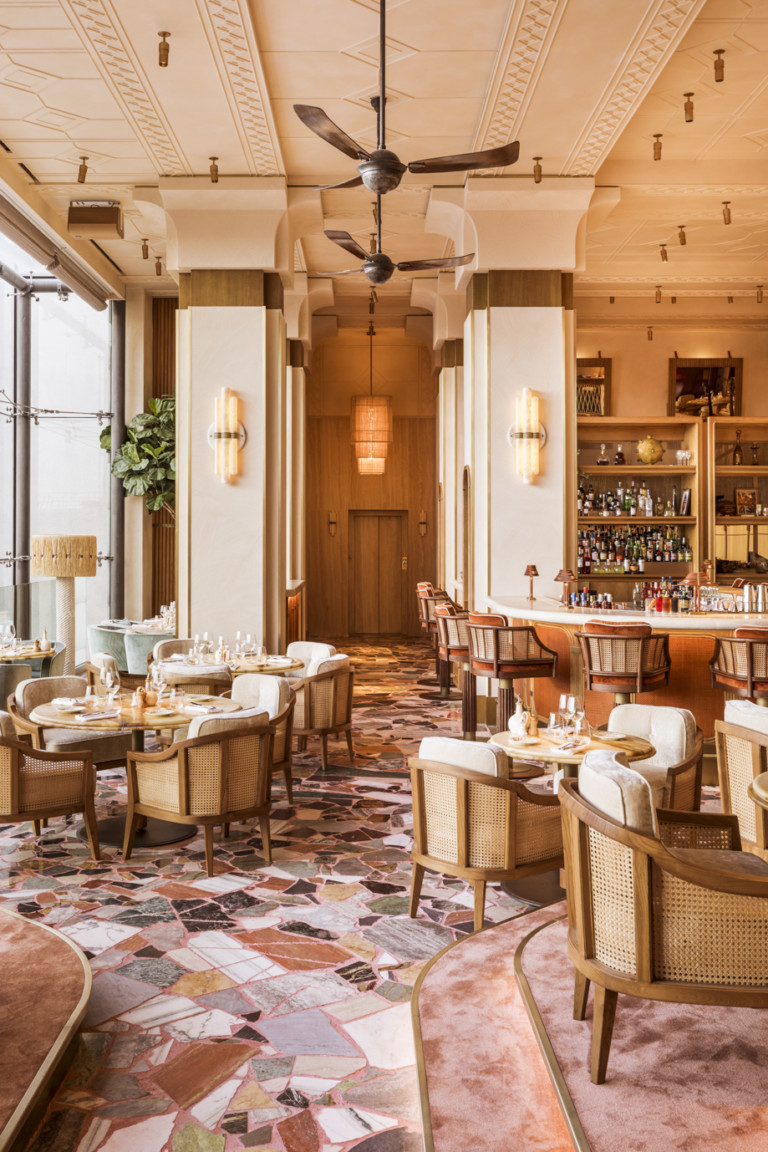
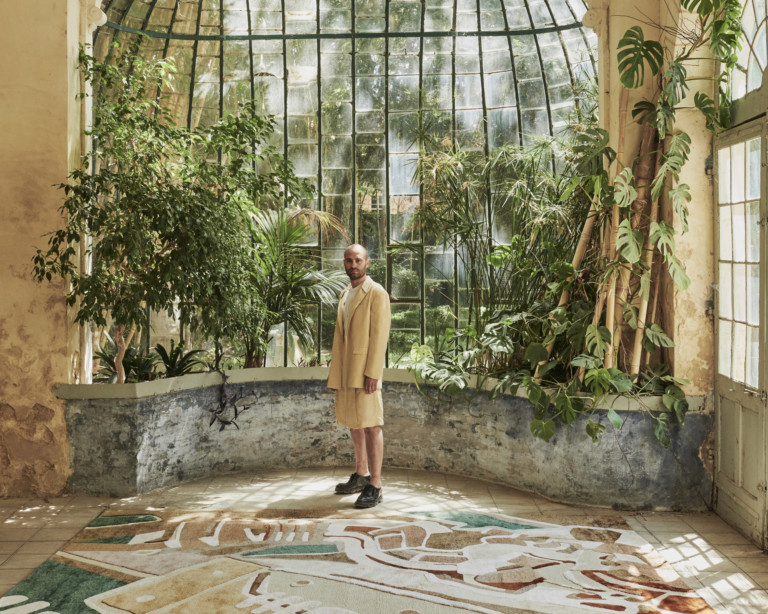
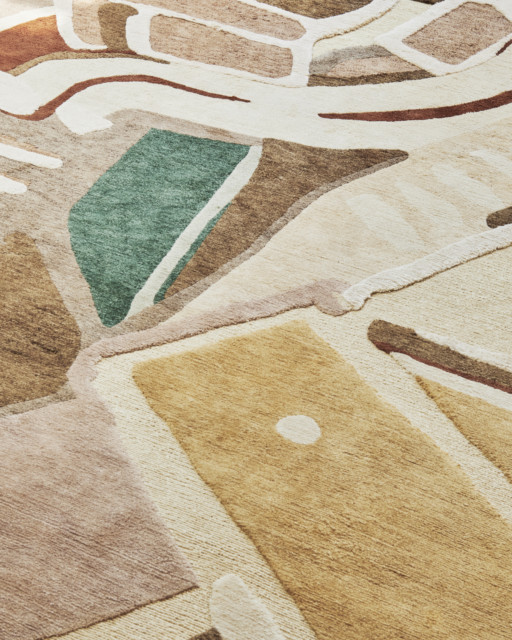
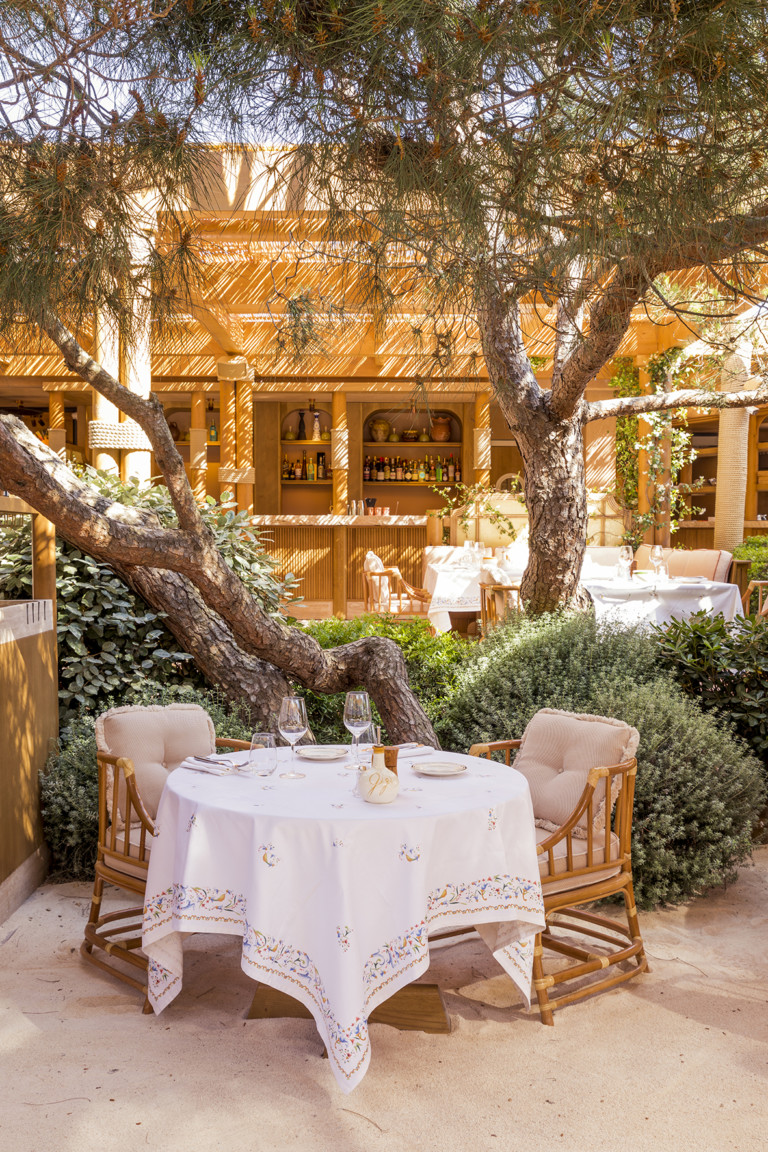
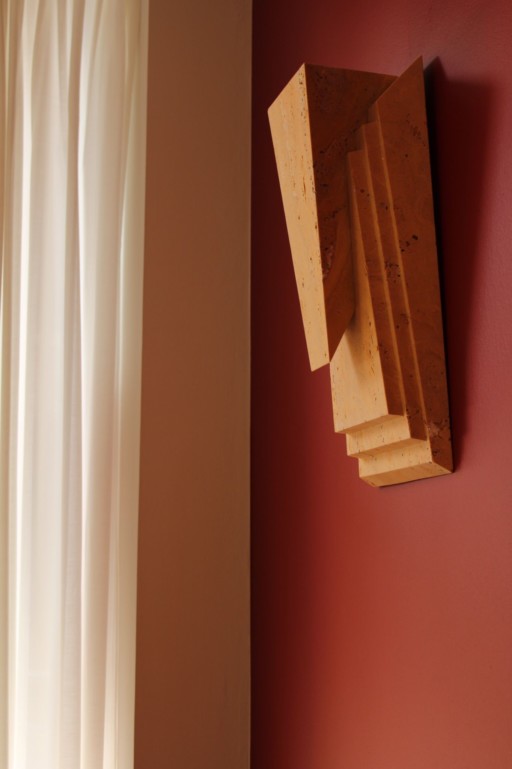
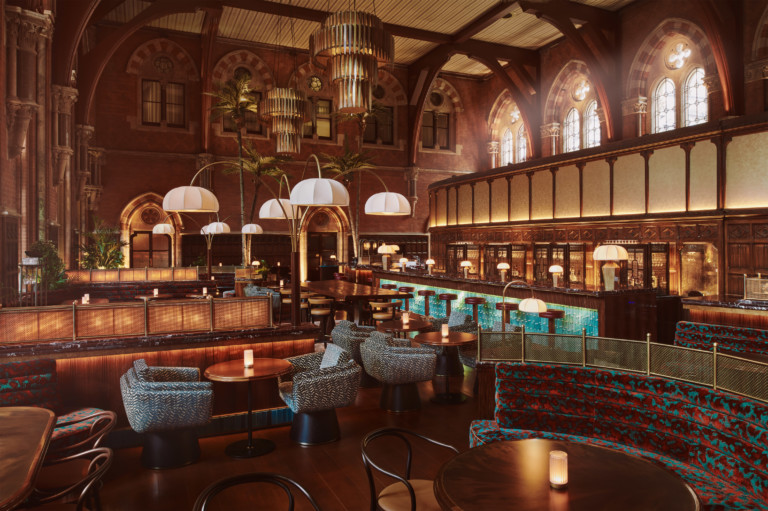
Paris can be a highly divisive place, even more so for those who like to travel the less-trodden path. Whether you are a fan or a critic, this series of travel guides — brought to you by some of the most inspiring names in the design world — will challenge you to take a fresh look at what's around, igniting you with the same love, connection, and curiosity they feel for the city.
Craving more travel inspiration? Head to our hotel design directory to discover the latest, and most aesthetic, destinations for interiors-savvy globetrotters.

Gilda Bruno is Livingetc's Lifestyle Editor. Before joining the team, she worked as an Editorial Assistant on the print edition of AnOther Magazine and as a freelance Sub-Editor on the Life & Arts desk of the Financial Times. Between 2020 and today, Gilda's arts and culture writing has appeared in a number of books and publications including Apartamento’s Liguria: Recipes & Wanderings Along the Italian Riviera, Sam Wright’s debut monograph The City of the Sun, The British Journal of Photography, DAZED, Document Journal, Elephant, The Face, Family Style, Foam, Il Giornale dell’Arte, HUCK, Hunger, i-D, PAPER, Re-Edition, VICE, Vogue Italia, and WePresent.
-
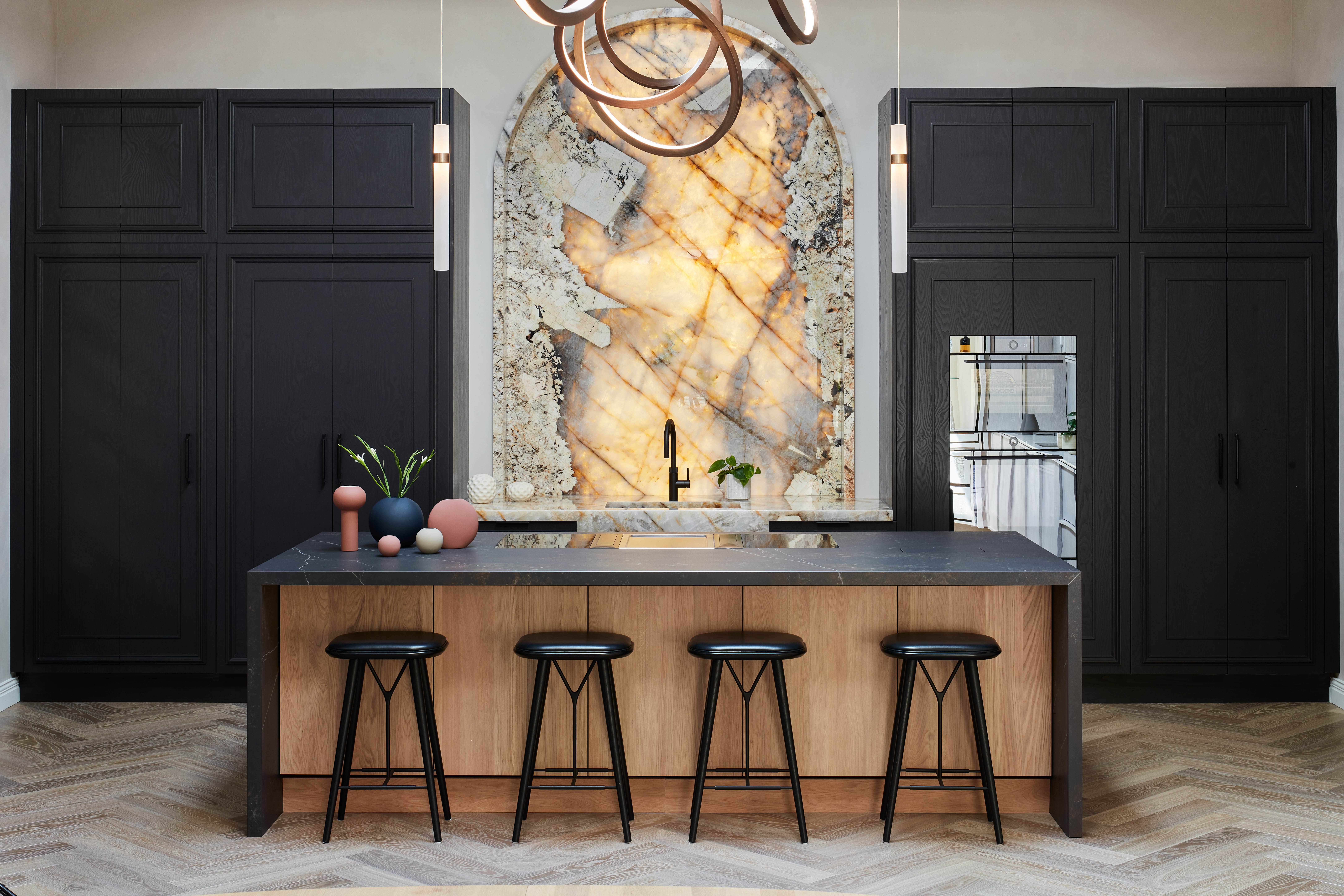 Described as "Pure Magic," This is the Natural Stone Designers Are Using to Make a Bold Statement in Interiors (And No, I'm Not Talking About Marble)
Described as "Pure Magic," This is the Natural Stone Designers Are Using to Make a Bold Statement in Interiors (And No, I'm Not Talking About Marble)Onyx stone interior design is having a resurgence, and we're here for it
By Debbie Black
-
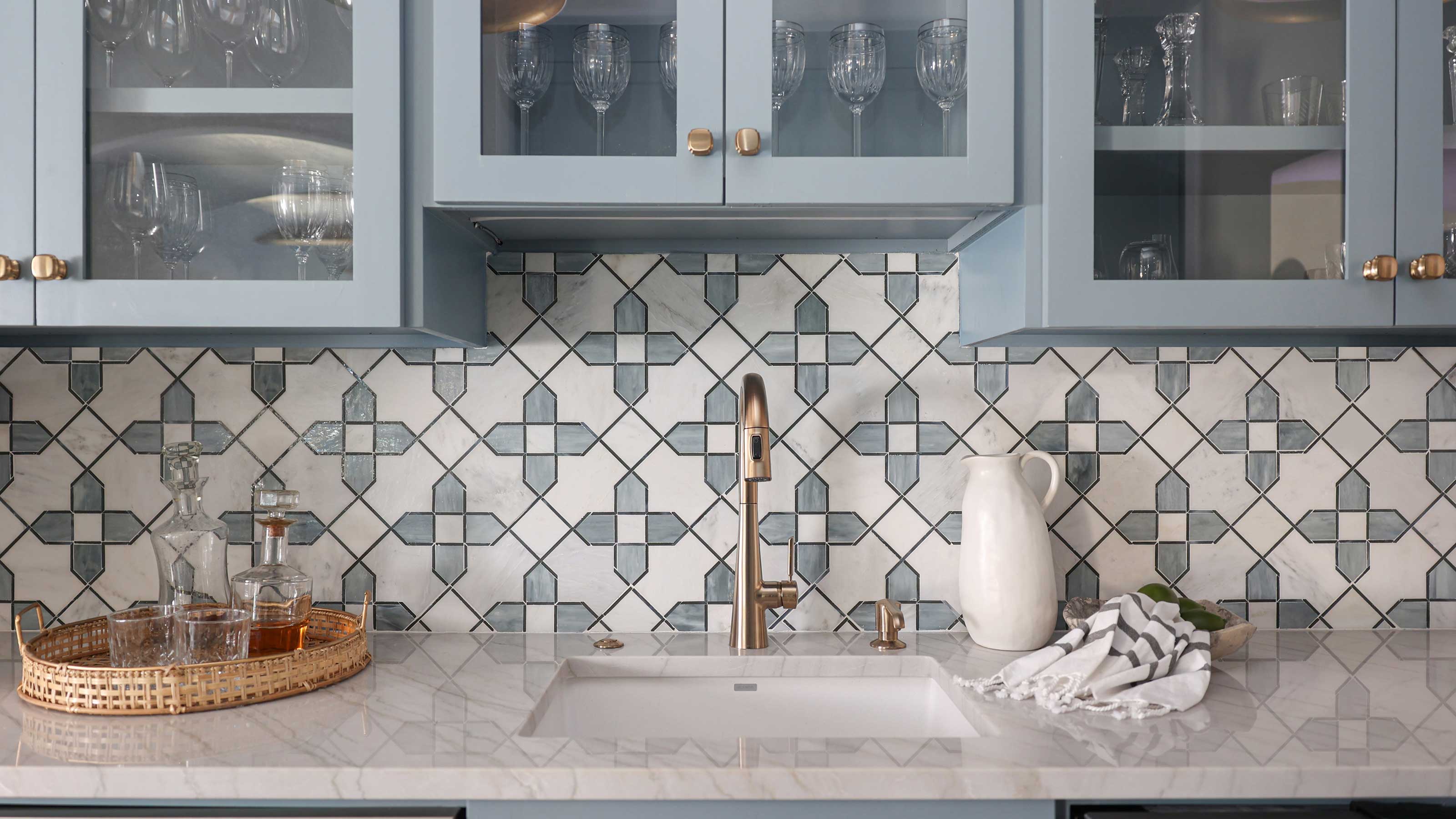 Should Your Kitchen Tap Match the Rest of Your Kitchen? Not All Designers See Eye-to-Eye
Should Your Kitchen Tap Match the Rest of Your Kitchen? Not All Designers See Eye-to-EyeWe asked the experts for their opinions on whether a kitchen tap should match the rest of the kitchen, and they didn't all see eye to eye
By Natasha Brinsmead
-
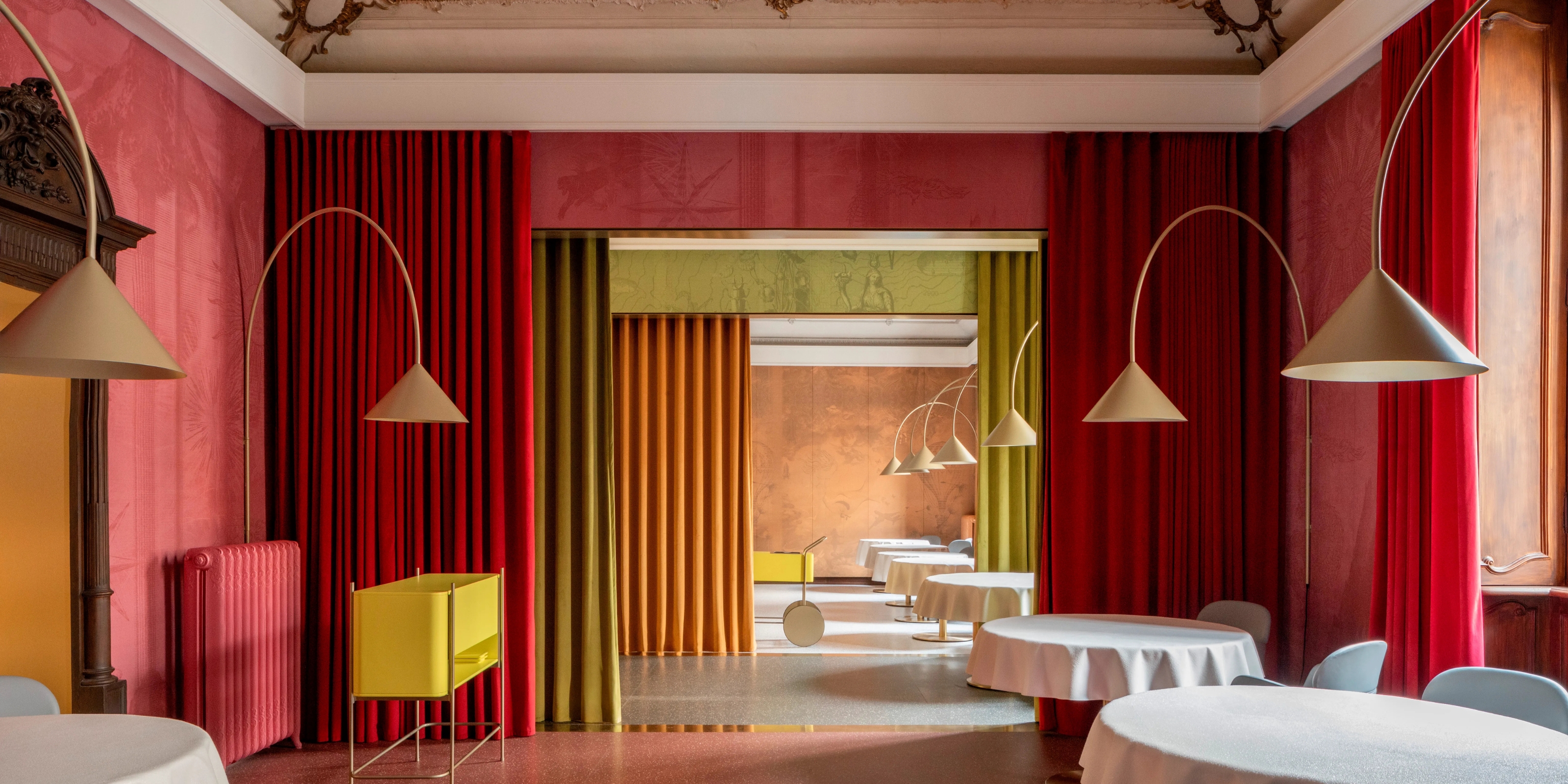 10 Arrestingly Beautiful Milan Restaurants Locals *Actually* Dine at — Selected for Their Interiors
10 Arrestingly Beautiful Milan Restaurants Locals *Actually* Dine at — Selected for Their InteriorsBrought to you by our community of culture insiders, this edit of the best restaurants in Milan sees authentic Italian food and immersive design unite
By Gilda Bruno
-
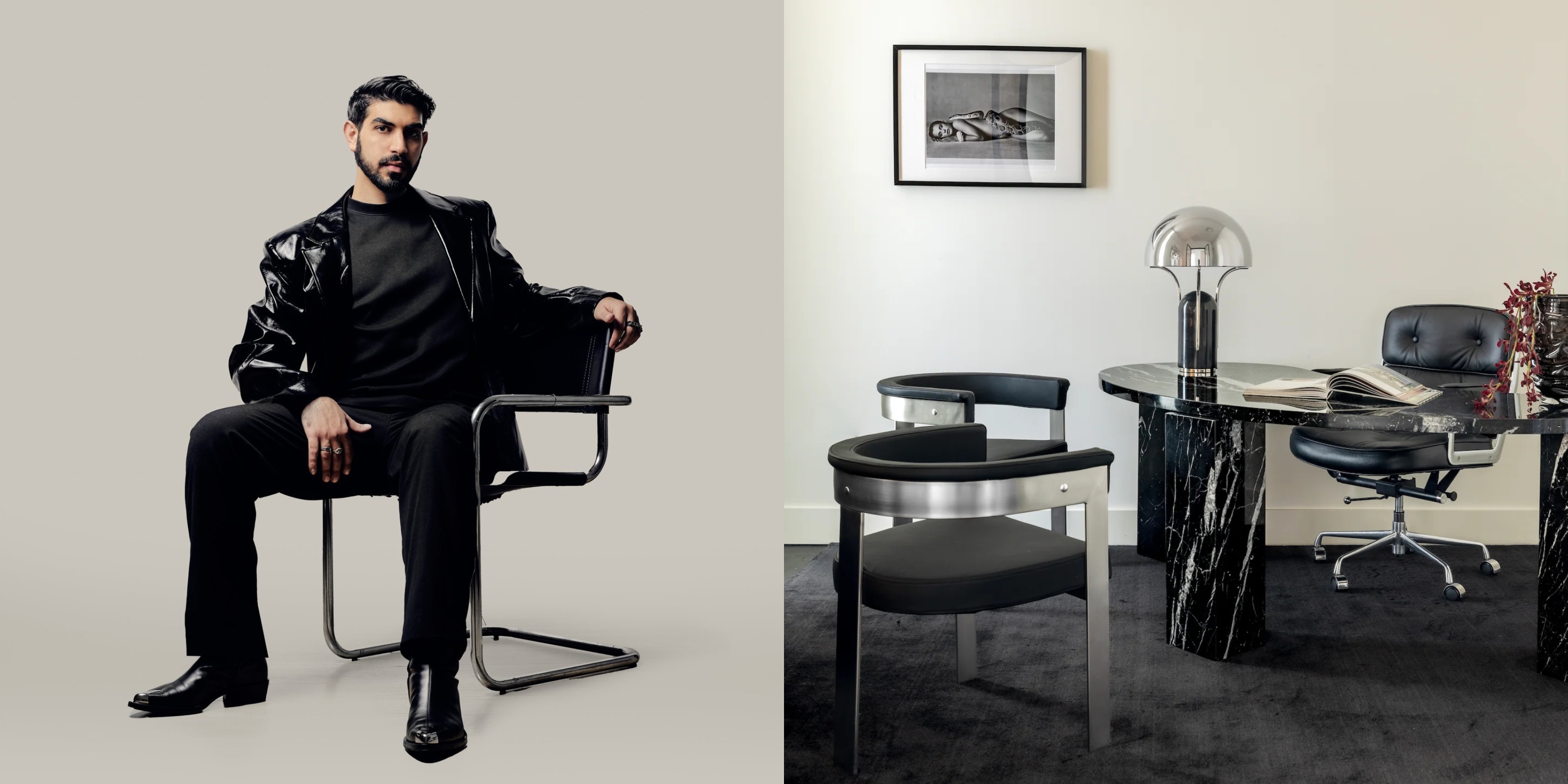 Hidden Trails — TikTok's Favorite Interior Designer, Bilal Rehman, on Houston, the City That Made Him
Hidden Trails — TikTok's Favorite Interior Designer, Bilal Rehman, on Houston, the City That Made HimThe Texan design phenomenon shares the places that inspire him most around his home
By Gilda Bruno
-
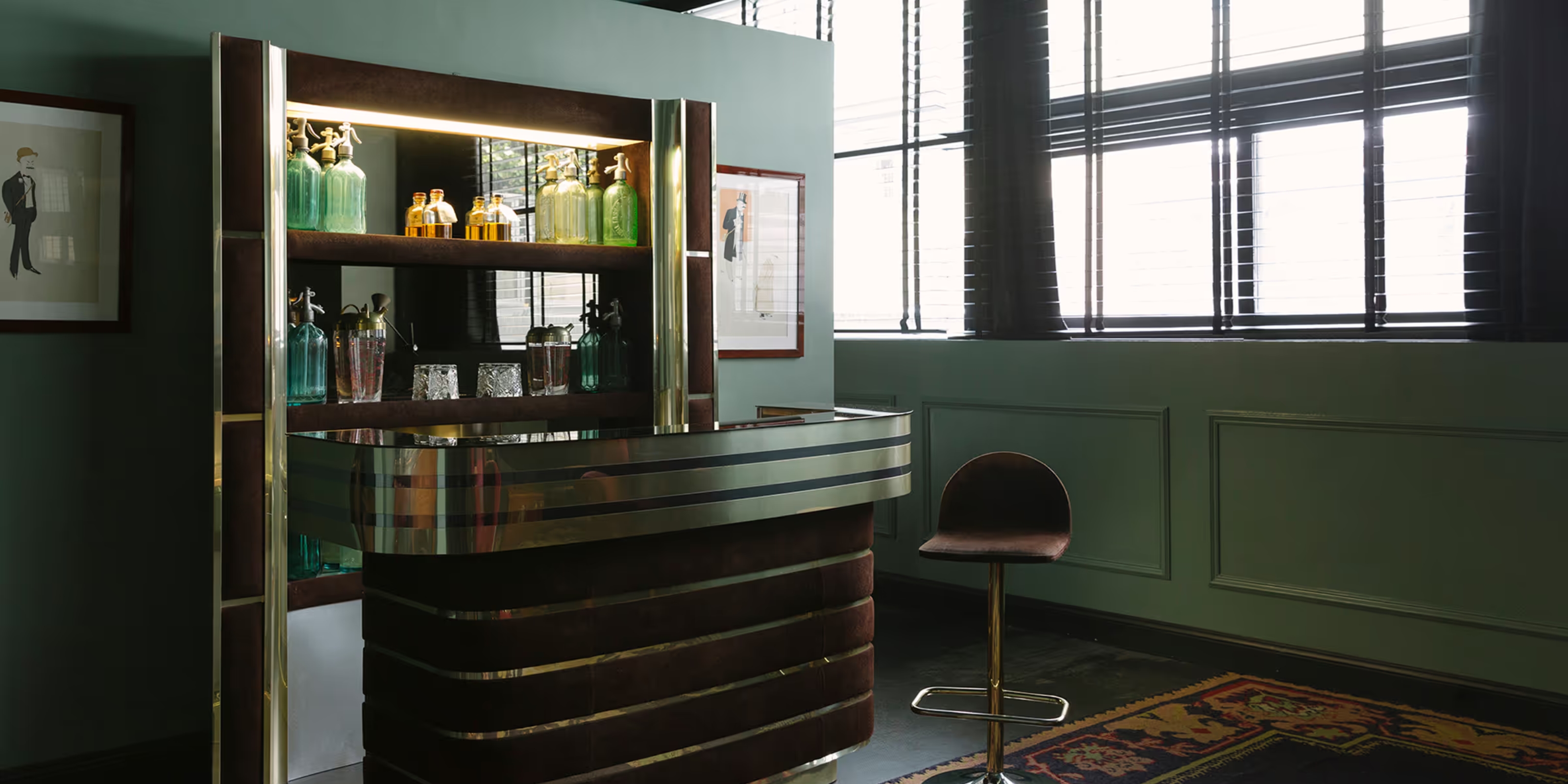 I Picked the Best Milan Hotels for Design-Addicted Travelers — And Their Retro-Futuristic Interiors Are a Masterclass in Timeless Sophistication
I Picked the Best Milan Hotels for Design-Addicted Travelers — And Their Retro-Futuristic Interiors Are a Masterclass in Timeless SophisticationOur Italian Lifestyle Editor rounds up the best boutique hotels in Milan for travelers who want to get a slice of its covetable, timeless flair
By Gilda Bruno
-
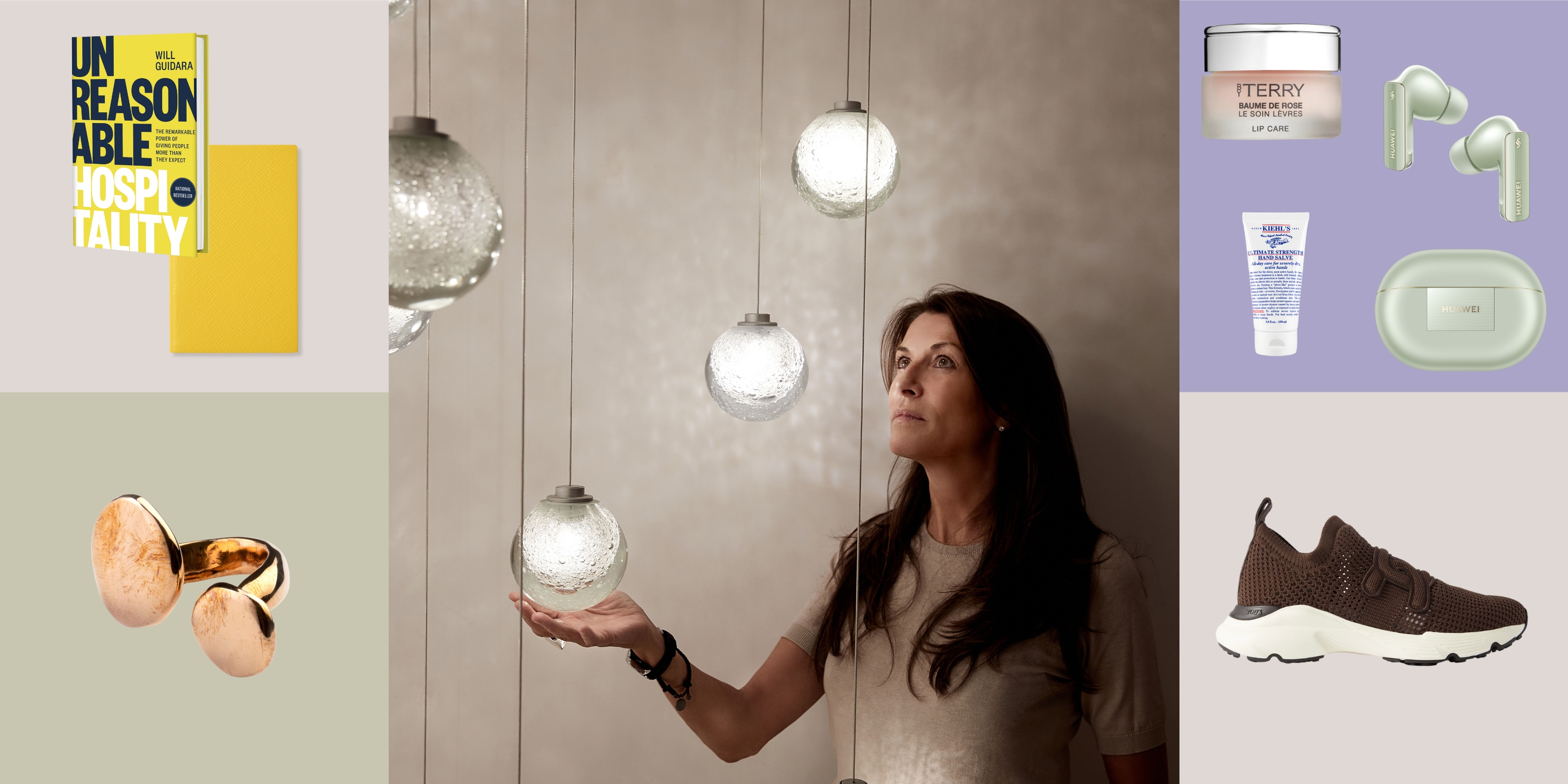 Can't Leave Without — Packing for Milan Design Week 2025 With Articolo Studios' Creative Director Nicci Kavals
Can't Leave Without — Packing for Milan Design Week 2025 With Articolo Studios' Creative Director Nicci KavalsAs the Melbourne-based lighting and furniture studio returns to Salone del Mobile's Euroluce fair, its founder picks her ultimate travel must-haves
By Gilda Bruno
-
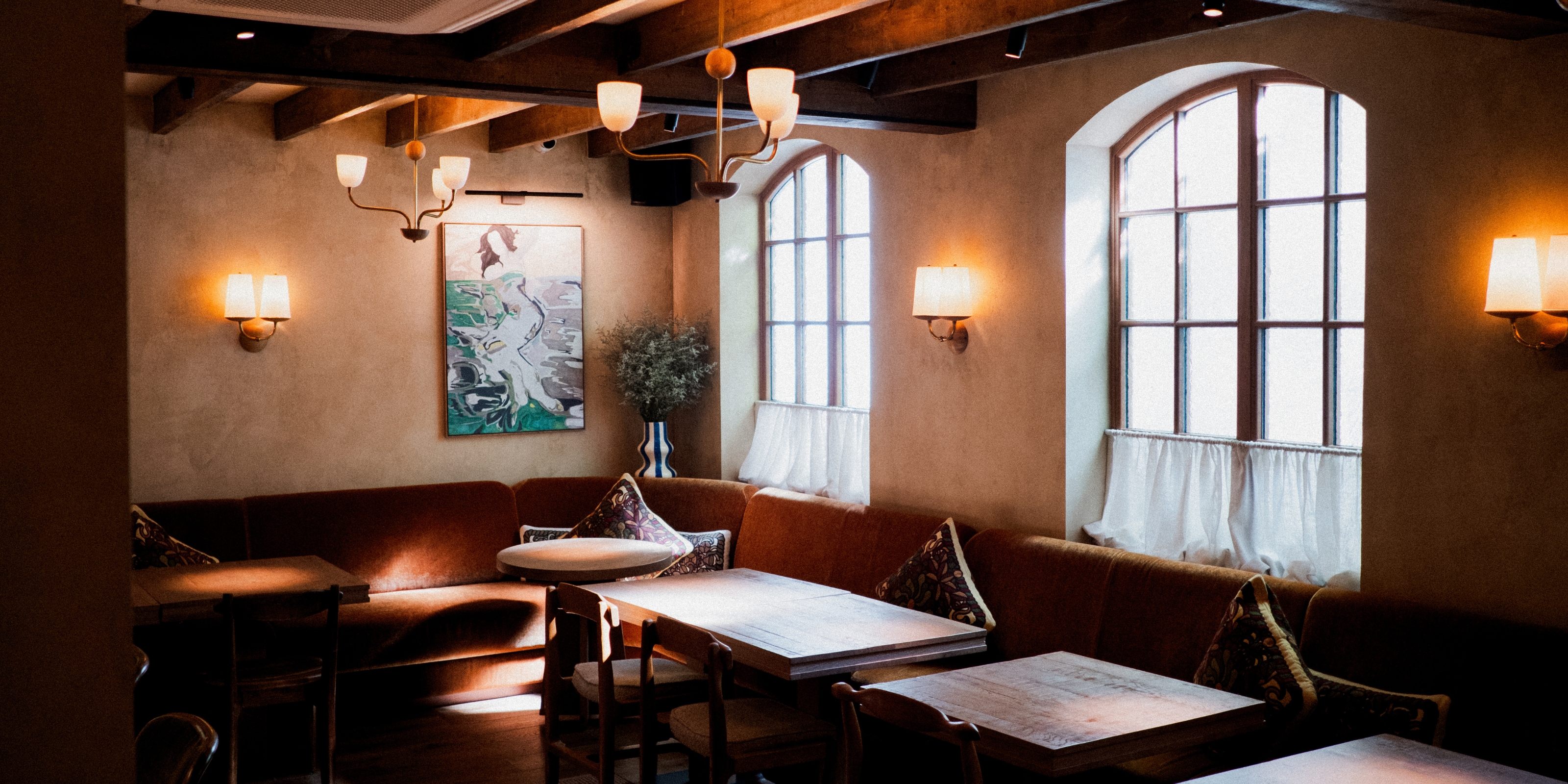 Lita Marylebone Review — Mediterranean Radiance Gets a Tantalizing, Animated West End Makeover
Lita Marylebone Review — Mediterranean Radiance Gets a Tantalizing, Animated West End MakeoverInspired by Southern Europe's traditional chateaux, the Michelin-starred London restaurant puts conviviality front and center through shareable plates and a dynamic, open-plan setting
By Gilda Bruno
-
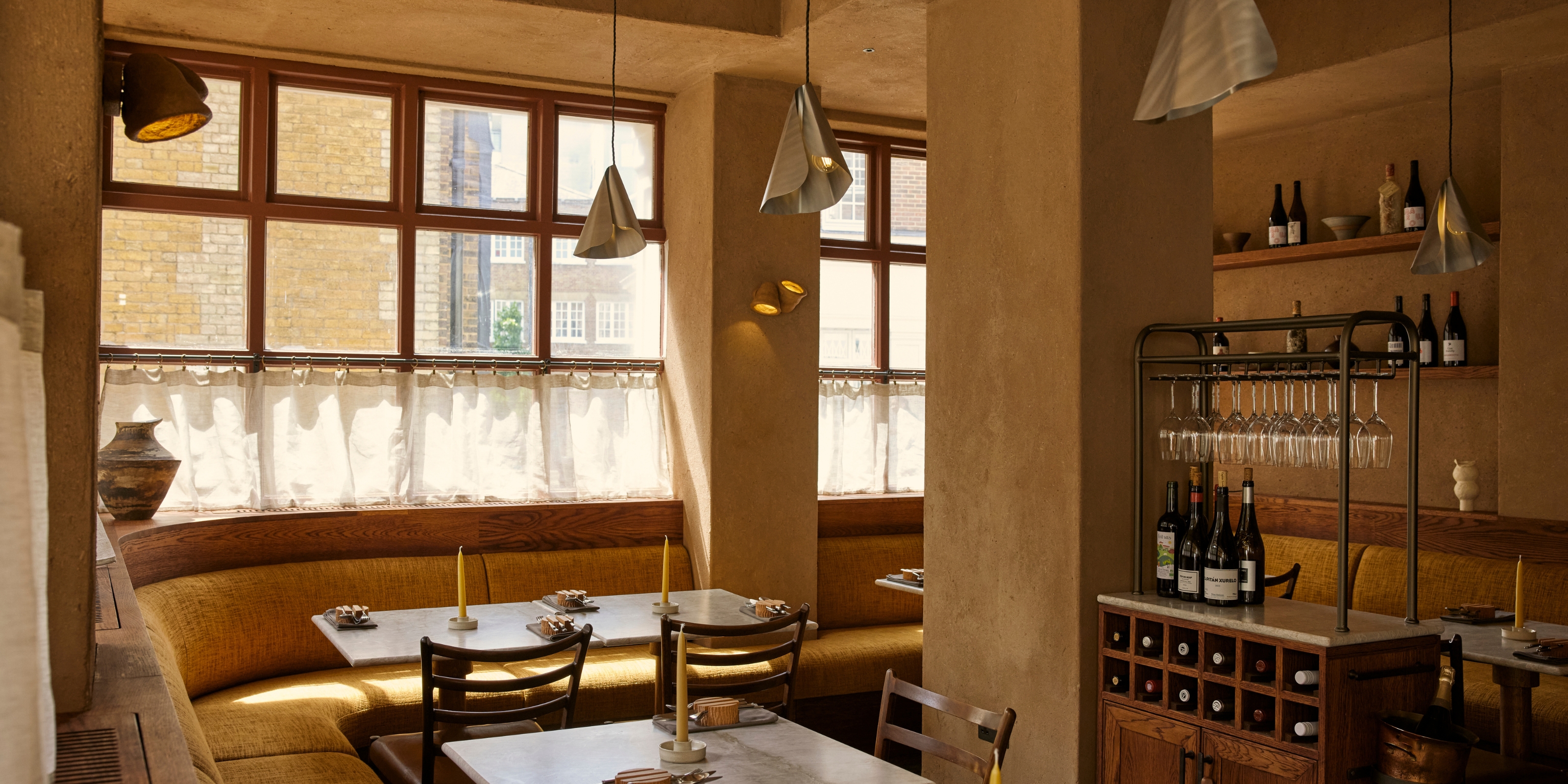 Plates London Review — Nature-Inspired, Earthy Dishes and Interiors Put "Warmth" Back Into Michelin-Star Fine Dining
Plates London Review — Nature-Inspired, Earthy Dishes and Interiors Put "Warmth" Back Into Michelin-Star Fine DiningThe first-ever vegan restaurant to win the prestigious accolade in the UK, this intimate eatery wows with its menu, and its design
By Gilda Bruno
-
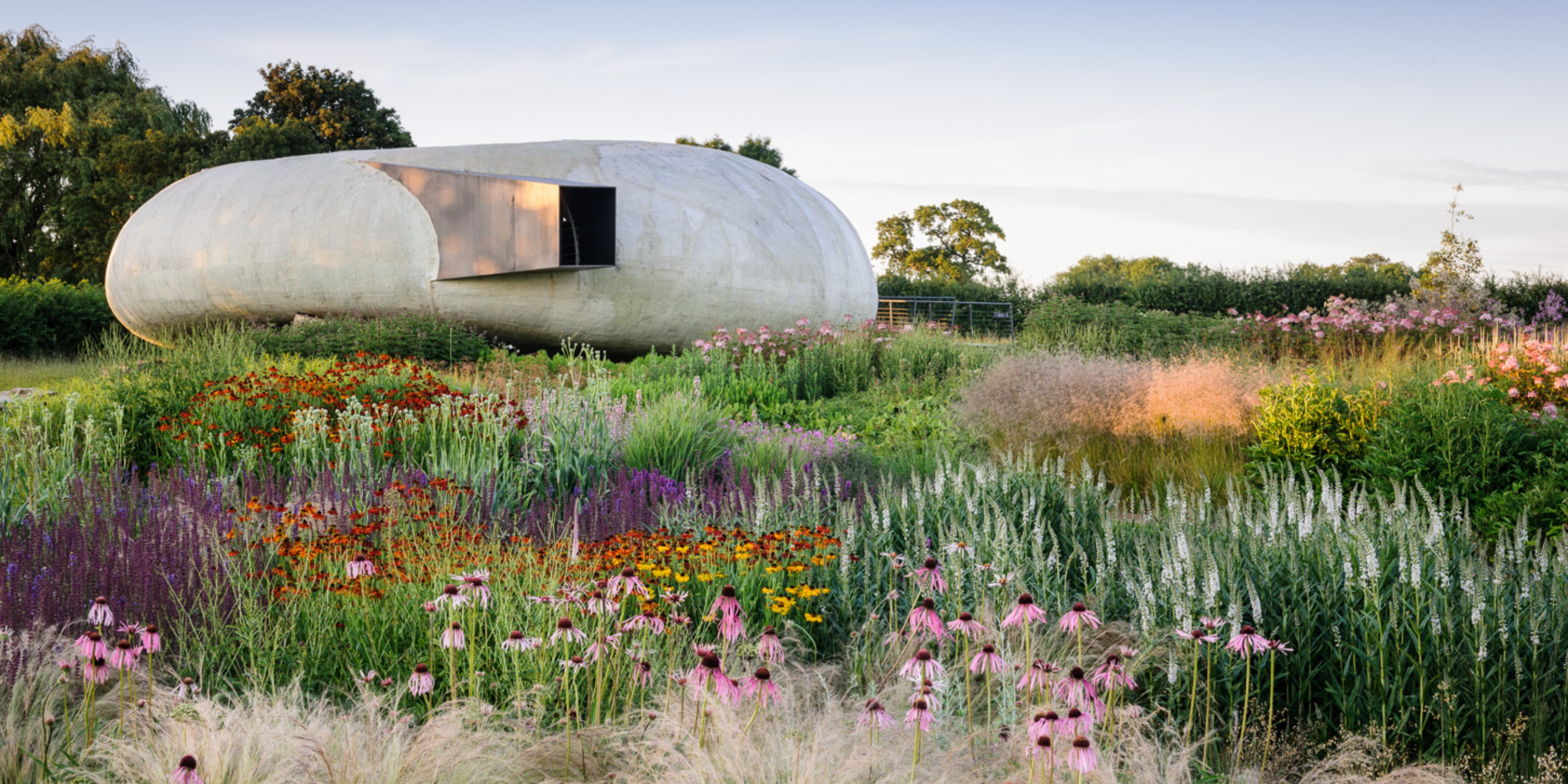 5 Day Trips From London for an Art and Design-Filled Break From the City — Thanks to a Painstaking Holiday Planner
5 Day Trips From London for an Art and Design-Filled Break From the City — Thanks to a Painstaking Holiday PlannerCelebrate the return of spring with our Lifestyle Editor's curated itineraries to five inspiring destinations to explore 'out of town'
By Gilda Bruno
-
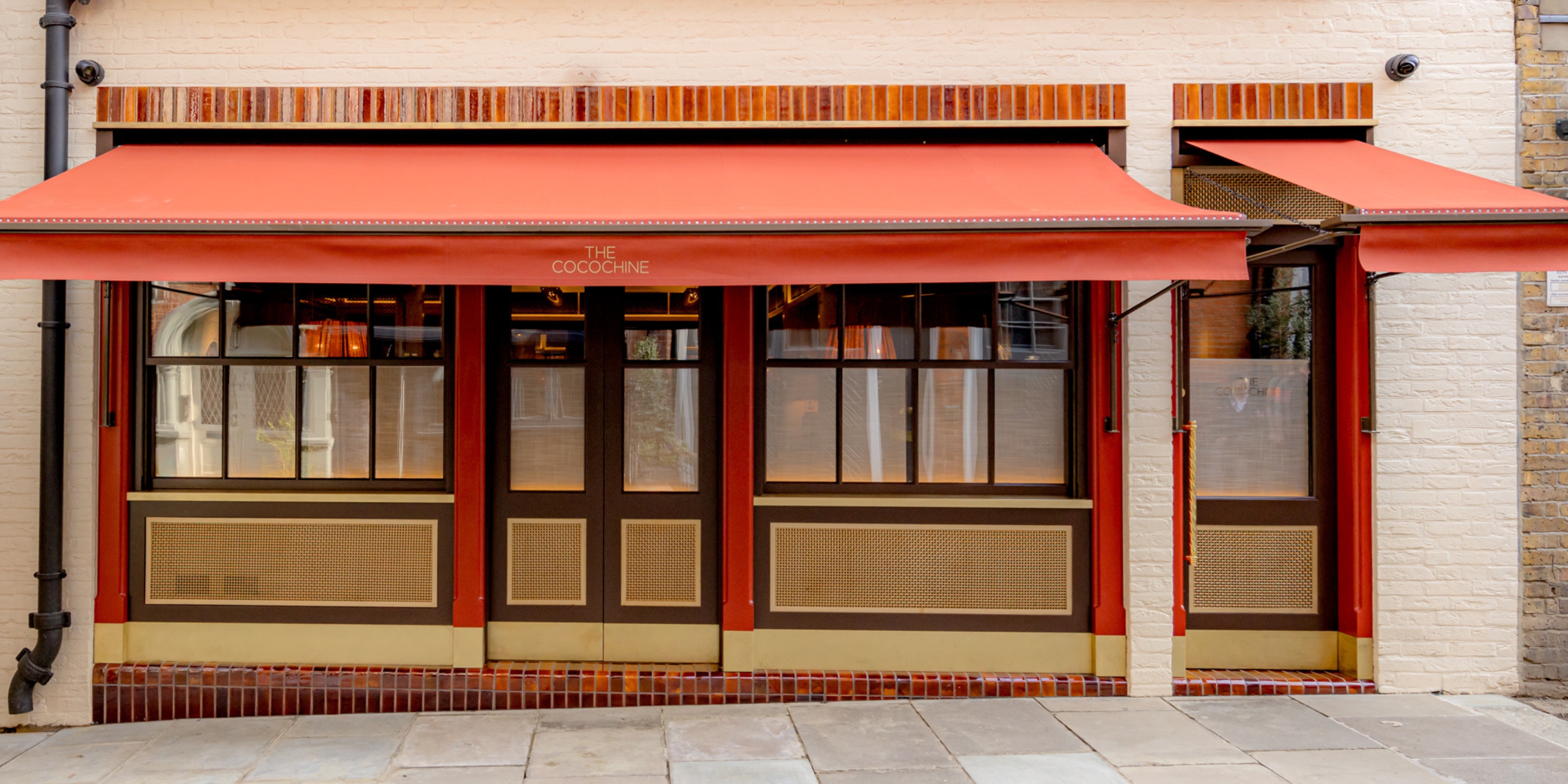 Is Mayfair's The Cocochine the Inspired Restaurant Missing From Your Hotlist?
Is Mayfair's The Cocochine the Inspired Restaurant Missing From Your Hotlist?The brainchild of Hamiltons Gallery owner Tim Jefferies and chef Larry Jayasekara, this hidden-in-plain-sight dining spot elevates gastronomy to an art form — with a little help from its star-studded collection
By Gilda Bruno